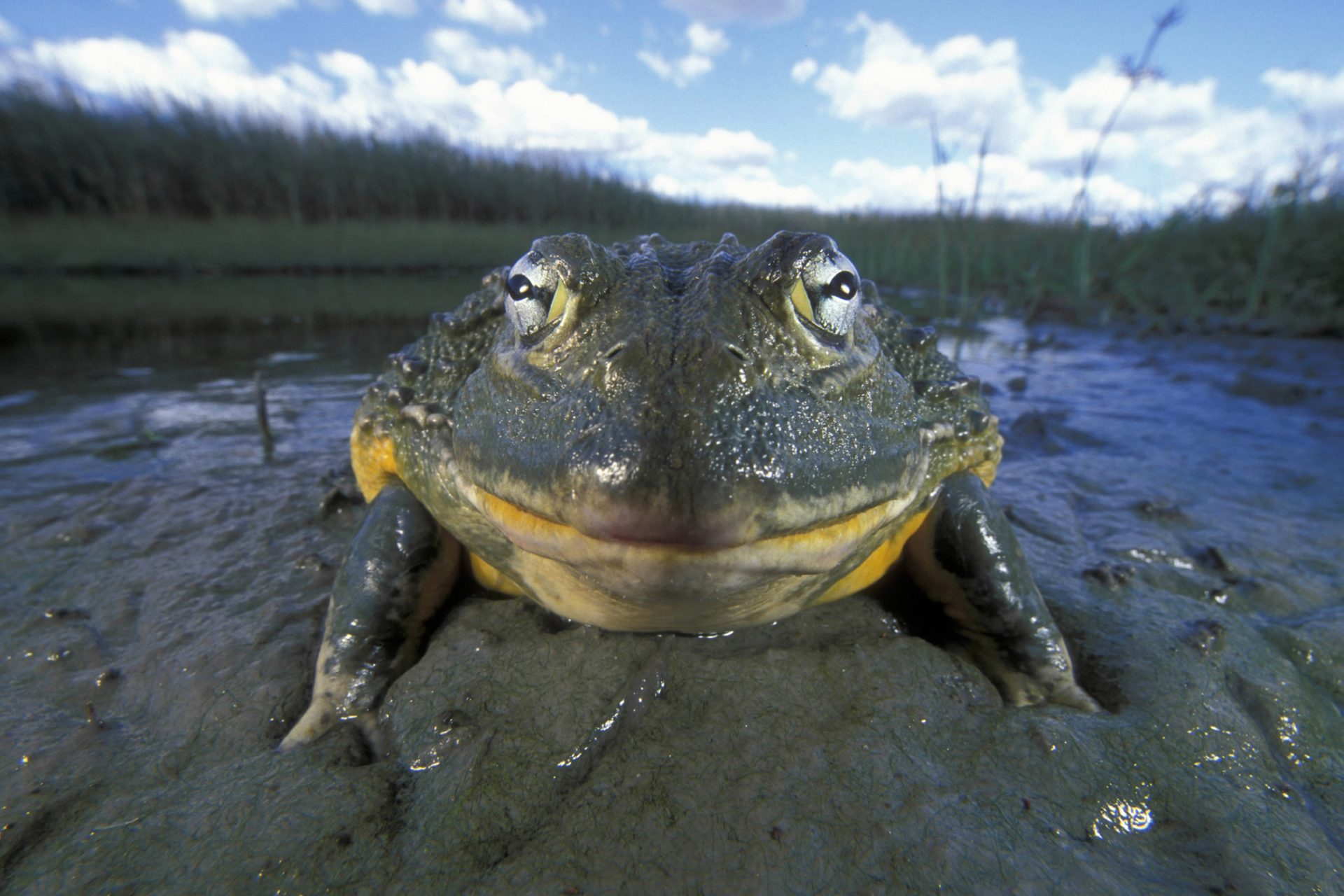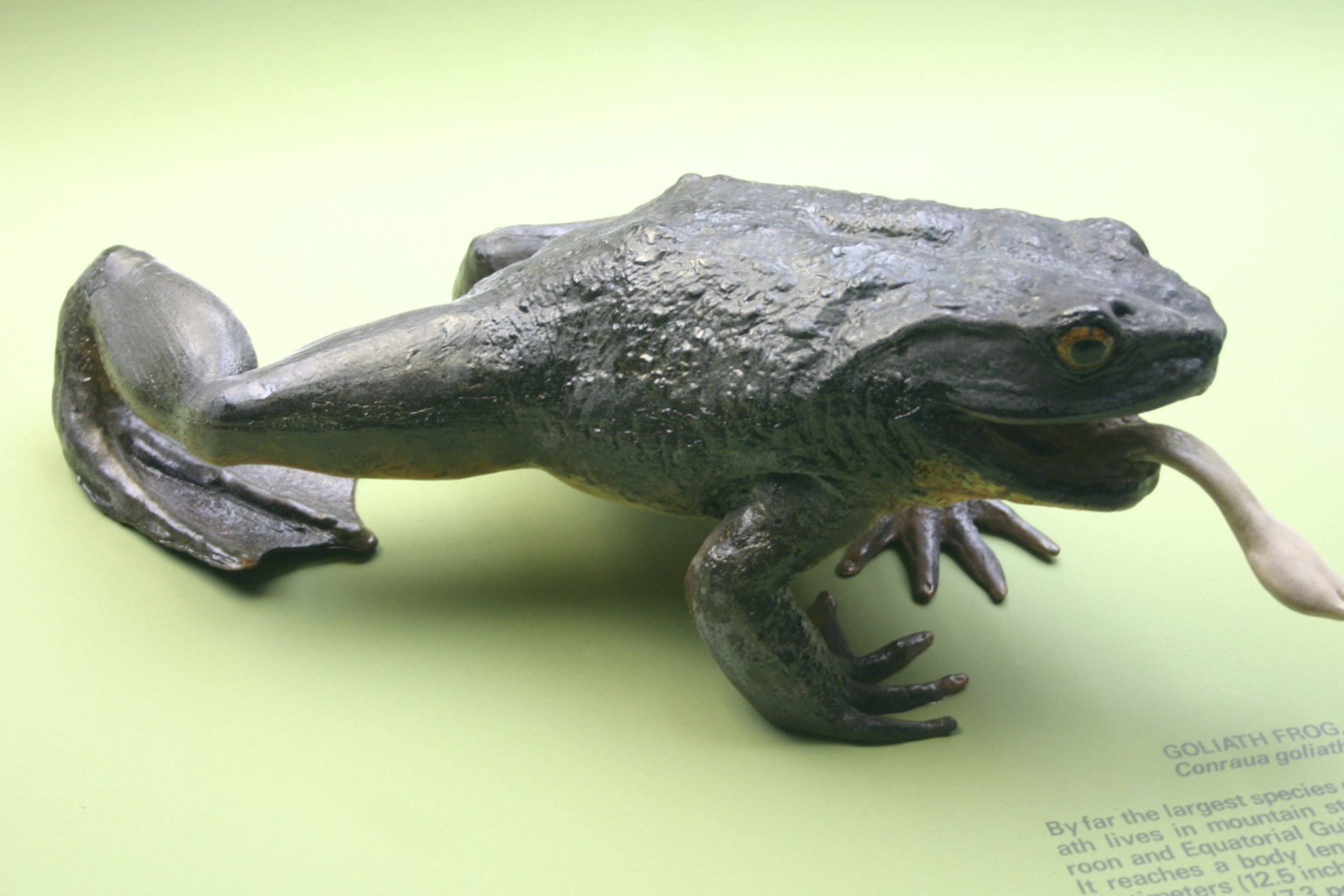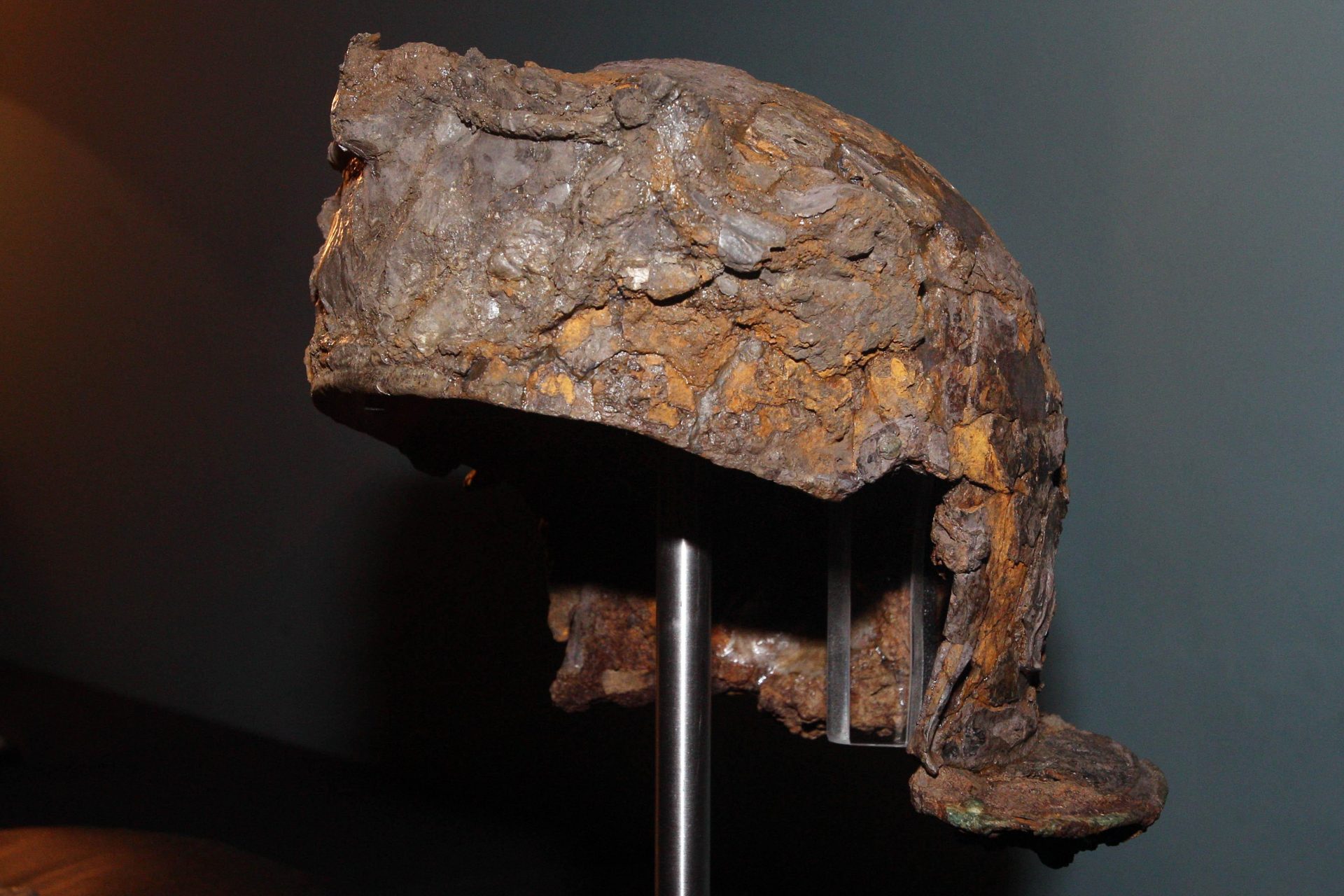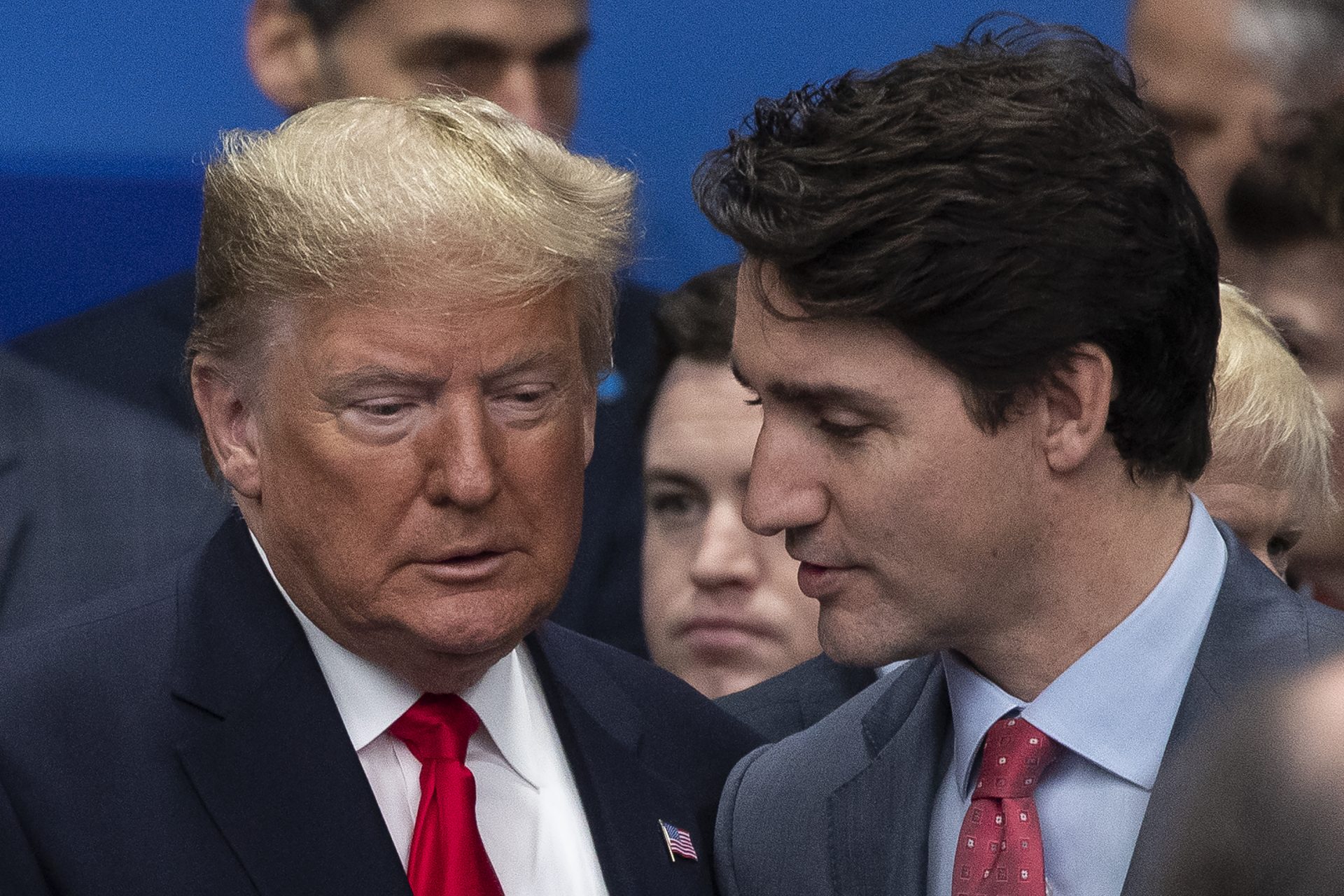A frog that gets bigger than baby could go extinct soon
The world is quickly changing and some species just can't handle the challenges they're facing. Increased pressure from a ballooning human population and climate change are leading to a lot of extinctions.
However, one man in Cameroon has made it his mission to save a giant frog that can grow to the size of a human baby from disappearing off the face of the Earth. This is the story of the goliath frog.
Photo by Twitter @danielmarven
The goliath frog, also sometimes called the giant slippery frog in Cameroon and Nigeria, is a species of amphibious animal with some very unique characteristics.
Photo by Twitter @newscientist
It can grow to the size of a cat says Helen Briggs of BBC News and according to the conservationist she interviewed, holding one can be very similar to holding a baby.
Photo Credit: Wiki Commons By Ryan Somma,CC BY-SA 2.0
The average goliath frog can reach sizes of up to 12.5 inches in length and 7.2 pounds in weight according to Ursula Koumbo of the Society of Conservation Biology.
Photo by Twitter @Africa_Archives
"When I found this species was unique—the biggest one in the world—I said this is something that we cannot easily find elsewhere and I was proud of it," Cameroonian conservationist Cedwick Fogwan told Briggs.
Photo by Twitter @SeeAfricaToday
"People in the area say they are blessed to have something like that; they attach to it a cultural value," Fogwan added.
Photo by Twitter @uwagbale_
Fogwan has been on a mission to save the goliath frog from extinction after years of hunting have pushed the species to its breaking point. “For decades,” wrote Helen Brigg, “the goliath frog has been over-hunted for food and the pet trade in Cameroon and Equatorial Guinea.”
“Its habitat beside rivers and streams is fast being destroyed and the frog is now classified as endangered on the official extinction Red List,” Briggs added.
“The frog is little-known to science and even in Cameroon, many local people are unaware of its value to the ecosystem, such as preying on the insects that damage crops.” the BBC News journalist continued.
Photo by Twitter @SeeAfricaToday
Cameroon's giant slippery frog does certainly play an essential role in regulating the country’s ecosystem according to the University of Michigan’s Museum of Zoology, mainly because of its position in the food chain in relation to the animals it preys upon.
Photo by Twitter @SeeAfricaToday
“Being carnivores, frogs occupy an intermediate position in the food webs and their numbers can be indicators of the health of a broader ecosystem,” the Museum wrote.
“Generally, frogs regulate insect populations and also feed on other frogs, fish, small mammals, and other small amphibians,” the Museum added. “Frogs in turn serve as food for birds, reptiles, and mammals.”
Luckily, the conservation work Cedwick Fogwan is doing to save the goliath frogs seems to be paying off according to Briggs.
Photo by Twitter @BBCAfrica
The frog's former hunters have been persuaded to become “citizen scientists,” Briggs noted, and conservationist teams from a variety of organizations have helped Fogwan and others “set up snail farming to provide an alternative food source” for their frogs.
"I believe we can have it forever and we can continue to be proud of it," Fogwan told Briggs, something that could certainly be true if he and others continue to intervene.
Photo by Twitter @dannykellywords
More for you
Top Stories





























